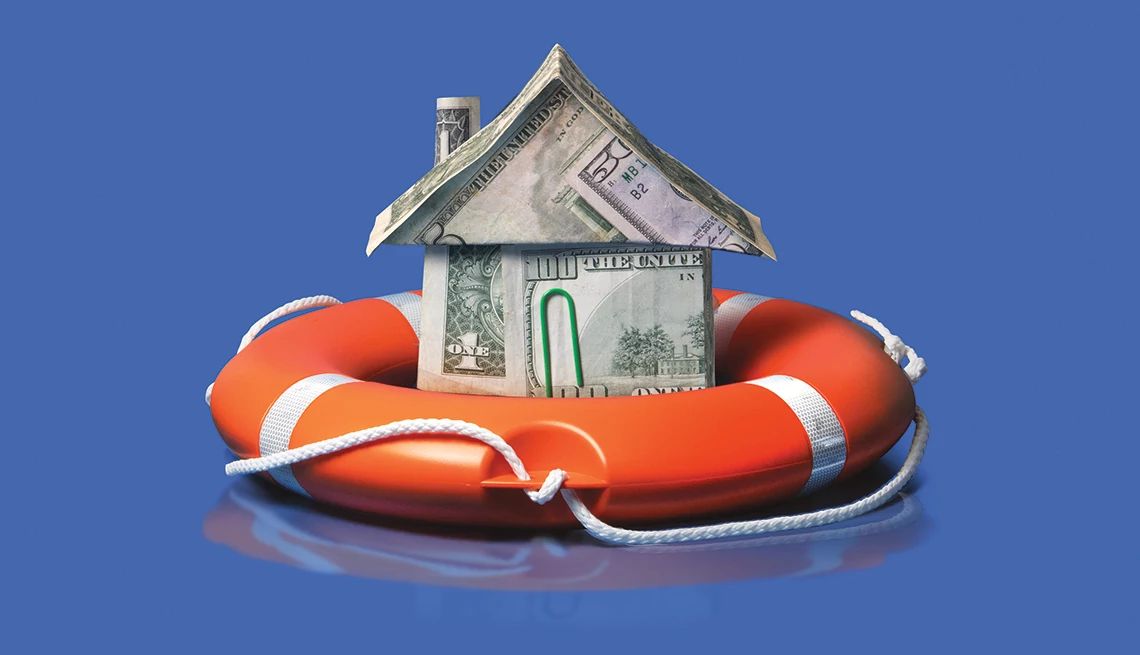AARP Hearing Center


Christopher Fielden is no stranger to floods. Over the 18 years he’s lived in Swannanoa, North Carolina, 10 miles east of Asheville, he estimates that the Swannanoa River overflowed its banks and flooded part of his property maybe 30 times. But the buildings at the farther end remained untouched.
As Hurricane Helene approached last fall, however, Fielden, 53, took no chances. He placed straw bales in a makeshift berm around his one-story house, and he rented a pump to remove any water that might leak through.
It wasn’t enough. By 6 a.m. on Friday, Sept. 27, water was entering the house. Wearing a headlamp in the darkness, Fielden grabbed his computer and backpack, then drove his 2004 Toyota truck to safety.
More True Stories of Resilience
He returned the next day to survey the damage. The water had risen 8 feet in the two-bedroom home. The greenhouses and the barn on the property were destroyed. Also ruined were two other dwellings — a mobile home and an attachment to the barn — which he had been renting to current and past students from nearby Warren Wilson College. (His tenants had evacuated before the storm hit.) Every inch of land was covered in mud and debris.
“It looks like a bomb went off,” Fielden says.
Later he drove to the Center for Conscious Living and Dying (CCLD), a community-supported home for end-of-life care where he had been volunteering. Three other volunteers and a resident were sitting outside, enjoying the now-sunny weather. “I said, ‘It’s all gone. I lost it all,’ and I just collapsed and started crying,” Fielden recalls. The resident, seated in his wheelchair, held Fielden’s hand and sang. “I looked up at him,” says Fielden, “and I said, ‘Who’s helping who here?’ ”
Living Off the Land
In 2006, Fielden and his then-partner had bought five acres, hoping to live sustainably off the land. They built their house, then launched Red Wing Farm, selling plant starts and produce locally. Later, they added dairy goats and chickens. Net income reached $28,000 in a good year. So both he and his partner worked other jobs as well: she for nonprofits, he as an architectural draftsman.
In 2016, they bought the adjacent six acres along the river, plus the mobile home on the land. But several years later, after Fielden had suffered two medical setbacks — a burst appendix and Lyme disease — he decided sustainable farming was neither financially nor physically feasible for him. Red Wing Farm closed, and Fielden started a business consulting on ADA-compliant accessibility.




































































You Might Also Like
How to Protect Your Retirement Savings
Poor investment returns early can hurt you more than losses later
29 Ways to Make Your Home Safer and More Secure
Simple tips that can protect you and your loved ones — and may even save your life
AARP Smart Guide: Money
19 surprisingly simple ways to save more and secure your finances